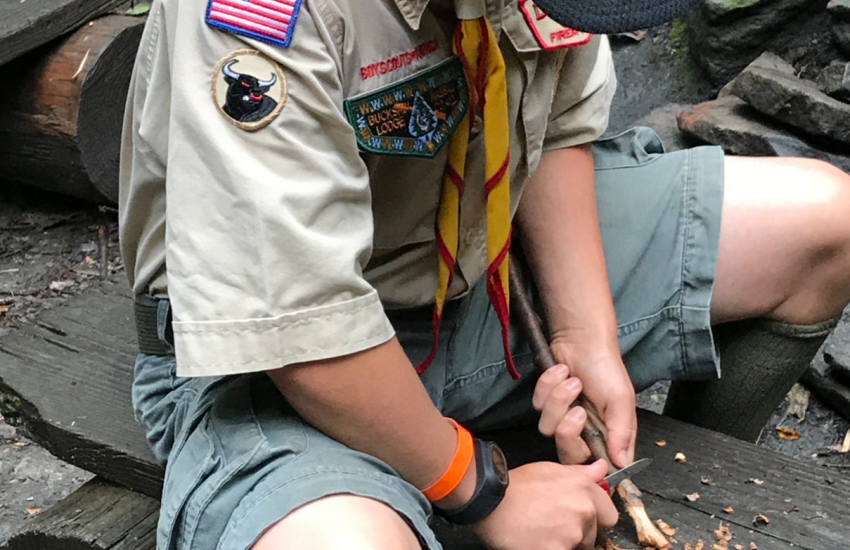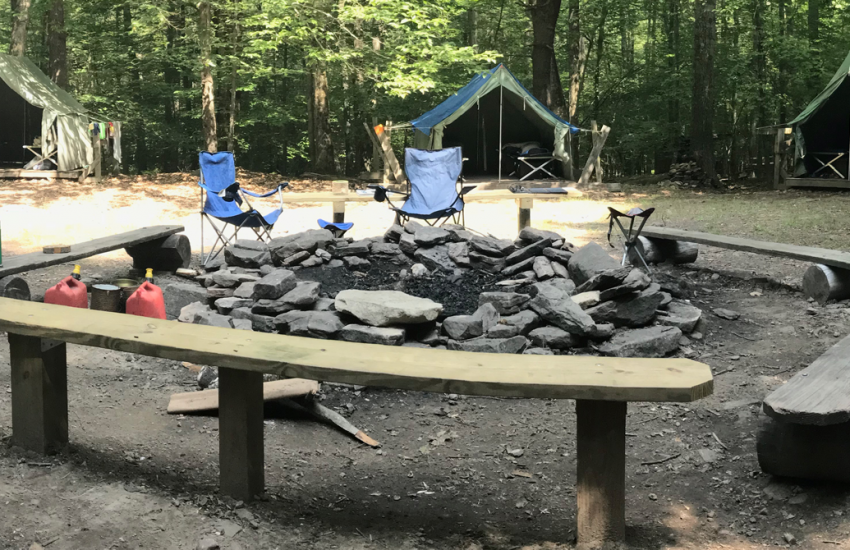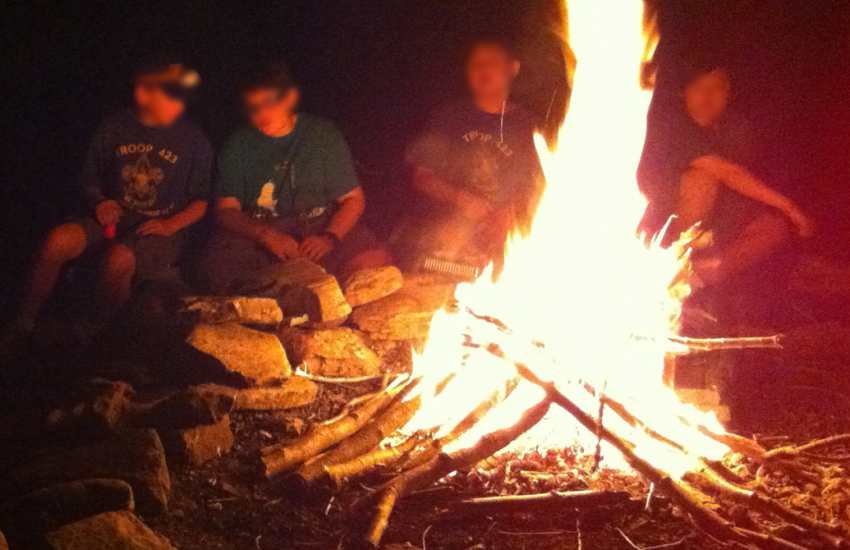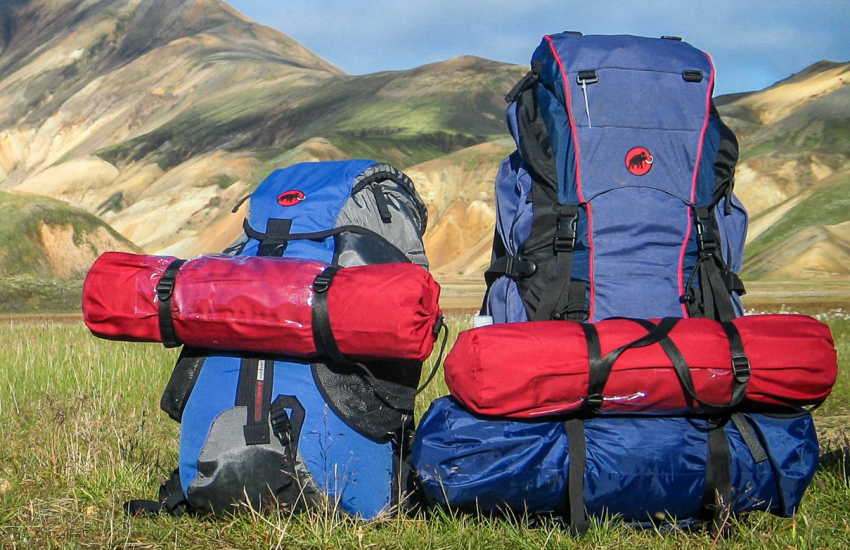The teaching of knife and axe skills is integral to a well run outdoor program if it is done safely and taught properly.
Show Notes:
- Toten Chip 1-pagers: This the the one-pager discussed in the video, available in PDF (2MB) format and the original editable MS Word (2MB) Format.
- Swiss Army Classic SD Boy Scout Pocket Knife (Amazon)
- 3-Inch Natural Arkansas Sharpening Stone with Pouch (Amazon)
Transcript:
Knives and fire are two most dangerous general scouting skills. While each has it’s own certificate, Totin’ Chip for knife and Firemn’ Chit for fire the requirements for each of these is pretty lose.
From a program perspective I can understand this, as each troop is different and these differences is what brings flavor to each of our individual programs.
In our program I have taken the perspective that the training for knives and axes and fire related implements is very important. As such, these should have clear guidelines, and designated syllabus and be taught in a very specific way by adult leaders.
To this end I created specific Totin’ and Firem’n sheets that I have made available to you in the show notes at scoutmasterdave.com.
We have been using these one-pagers for about 5 years now, and with great success.
The basic rules for knife skills include demonstrating the proper care and handling for pocket knife, axe, and saw. As I mentioned this is very vague.
In our troop we use a full size axes, hand axes (with the contact method) pocket knives and bow saws.
As Scoutmaster, it’s my main job to be mindful of the health and safety of the scouts, so until scouts complete my training, they cannot use any of these tools.
For axes and saws we start by explaining and setting up an axe yard. Explaining the purpose and a safe work area. In this work area we train the boys to use the axe and saw. Depending on the boy, this can take 15 minutes or 2 hours. The point being until we are comfortable, they aren’t done.
Outside of the axe yard we work on knife skills. As part of this training we go through all the safety protocols but we have the boys complete two projects. The first is creating a fuzz stick and the second is creating a tent stake.
As they work through these projects we guide them and get to see how they work with the tools.
By the time they are done, we have a comfort level with them earning the Totin’ Chip by action. They are comfortable, and become familiar and even proficient with the tools. Because they all follow the same set of tasks, there is no question as to what they know.
While it might seem like a bit of overkill, it only takes a few seconds for someone to get hurt, and while these procedures may not prevent it, I feel it lessens the chance of something unexpected happening, but this is what works for us.
Take what you like and leave the rest, and as we say in Woodbadge, feedback is a gift, leave yours below in the comments, with the hope we can all learn together.
I’m Scoutmaster Dave, and this was knife and axe skills.




